Legendary Marketing Fails

Legendary marketing fails (and how they could have been avoided)
They say that any publicity is good publicity… but in an age where poor marketing becomes immortalised online, does this adage live on? Marketing is an ongoing battle to promote your business, improve customer connections, and build a great reputation. In fact, successful marketing, like great design, can even go unnoticed, working subtly or subconsciously to better your brand.
Marketing fails, on the other hand, can fan the flames of poor publicity and tear down your carefully-created stature. The following five brands were responsible for some of the worst (or best?) marketing fails. And they learned a very tough lesson: The internet never forgets.
1. The Qantas Quandary
The situation:
Qantas Airways, an airline that once had a stellar record, decided to launch a competition on Twitter, wherein people could win a pair of first-class pajamas simply by tweeting their idea of a luxurious experience with the hashtag #QantasLuxury.
The fail:
The hashtag was quickly hijacked by irate customers, who began posting some brutally honest feedback. Soon, Australians were sending out 51 tweets a minute about #QantasLuxury. The competition came just weeks after industrial disputes caused the grounding of an entire Qantas fleet, and become one of several fails in a string of disastrous PR moves.
What they could have done differently:
Greater consideration needed to be paid to the potential feedback of their customers. The #QantasLuxury takeover is a great example of how an audience can take control of (and utterly destroy) a social media campaign, and how brands must respond accordingly.
With regard to crisis control, Qantas did very little. Perhaps the business could have embraced the humour of the situation — created a competition for the funniest tweets, for example, and encouraged people to vote for them. At the very least, there needed to be more online engagement with consumers — respond to questions, react to concerns, and work to build a better connection.
Despite the influx of sarcastic entries, Qantas marketers only reply was a tweet two hours after the launch of the comp, thanking people for the entries: “Wow! Some very creative tweeps out there. Keep the entries coming #QantasWeHearYou”.
I’m not sure how well Qantas was listening.
2. The Esurance Error
The situation:
Esurance, an American insurance company, released a seemingly innocuous billboard advertisement to promote their online services. It simply read: ‘Cover your home in a click’. So what’s the problem?
The fail:
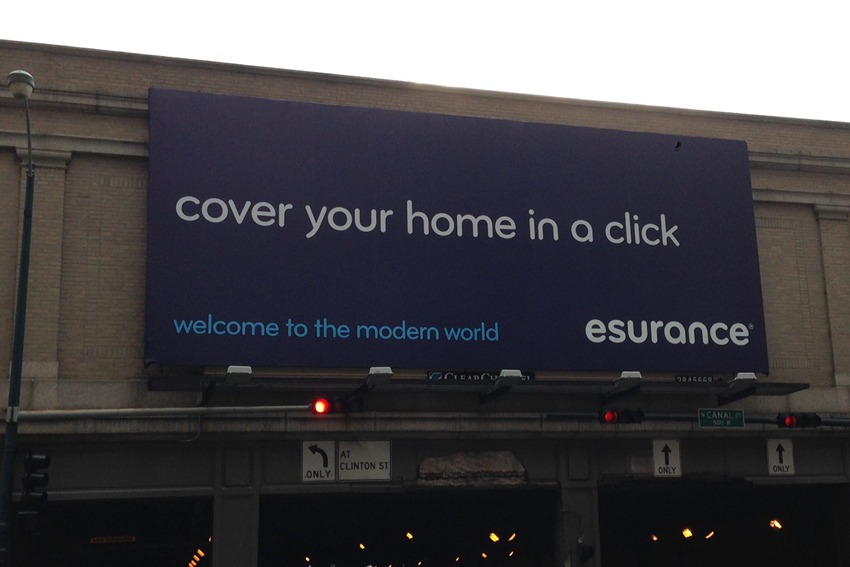
Not everyone sees the word ‘click’. When seen from afar, the letters can blur, making the slogan appear more like ‘cover your home in a…’. Well. I’m sure you get it.
What’s more, one amused Tweep decided to Photoshop the image to bring the ‘c’ even closer to the ‘l’ to remove all ambiguity. They then shared it with the Esurance Twitter page. Esurance responded: ‘We are aware of the issue and have removed all affected billboards’. Social awareness? Great. Failing to clarify that the particular image had been Photoshopped, and that their own billboards weren’t quite as obscene? Not so great.
What they could have done differently:
Always consider the kerning. This particular fail has less to do with strategy and more to do with graphic design — or arguably with content creation, had a different slogan been devised. Up close, the design may have seemed harmless; but take a step back and the problem becomes clear. By spacing the letters further apart, experimenting with different fonts, or writing a different tagline, the people behind this design could have discovered an easy fix.
As for Esurance’s social media managers, clear communication would have helped against compounding the issue. The moral of the story: Look at your design from every angle, and don’t be a clickhead when responding to customers.
3. The Bud Light Oversight
The situation:
Beer giant Anheuser-Busch released an assortment of messages as part of their ‘Up for Whatever’ marketing campaign. These slogan were printed and released on bottles of their popular Bud Light beer.
The fail:
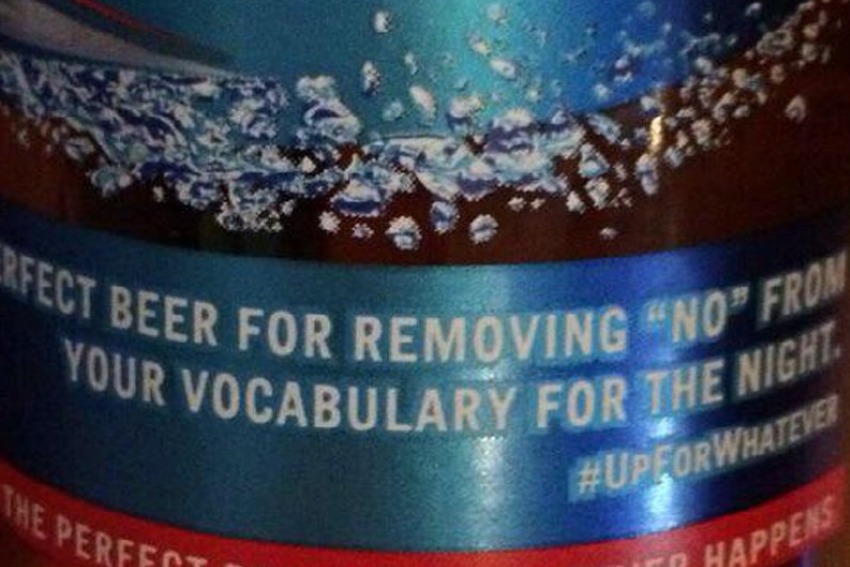
One such tagline read: ‘The perfect beer for removing “no” from your vocabulary for the night #UpForWhatever’. The reaction was swift and outraged, with customers criticising the company’s thoughtlessness. Many argued that the creepy tagline promoted the dangers of irresponsible alcohol consumption, including sexual assault and drunk driving.
What they could have done differently:
They could have forged a stronger connection with their customers, and shown better awareness and compassion for their concerns. The questionable bottles were released amidst public outcry over date rape controversies in college environments, making the message disturbing and dangerous.
Moreover, this is not the first time that Anheuser-Busch have displayed a kind of tone-deafness to the issues of a modern world: previously, they have been made to remove a Saint Patrick’s tweet that stated ‘you can pinch people who don’t wear green. You can also pinch people who aren’t #UpForWhatever’.
The Anheuser-Busch vice president, Alexander Lambrecht, did release an apology, saying that the message ‘missed the mark’ and would cease to be printed immediately. But the damage was done, with many customers announcing they would be boycotting the brand until the campaign ended.
4. The Heinz Hitch
The situation:
Heinz, well-known across the world for their sauces and canned goods, released a series of tomato sauce bottles which featured a QR code. When scanned with a smartphone, this code would provide information about their ‘personalised bottles’ promotion.
The fail:
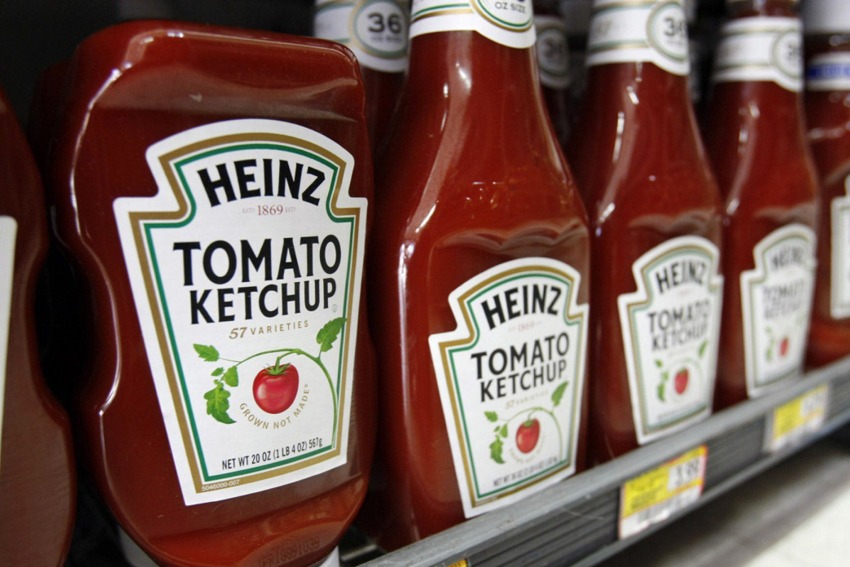
Heinz neglected to update the domain after the competition closed, which led to a rather saucy mix-up. When consumer Daniel Korell scanned the QR code, he was led not to an expired promotion, but instead to a German pornography site.
What they could have done differently:
This particular faux pas required a number of necessary ethical steps. As Korell himself stated, ‘It is incomprehensible that you cannot secure the domain for at least one or two years. A .com domain really does not cost the world’. Others were quick to support his complaints, saying that though the campaign had ended, the bottles remained in many households, and the code could be accessed by underaged smartphone users.
Brand control on the internet is imperative, and though Heinz apologised and promised to rectify future issues, Korell remained outraged by the mixup — and he wasn’t particularly pacified by the porn site’s offer for a free subscription, either.
5. The United Way Dismay
The situation:
Back in 1986, the United Way of Ohio, a nonprofit charity organisation, attempted to set a world record in a fundraising publicity stunt, wherein many helium balloons (almost 1.5 million of them, in fact), were to be released from the Public Square in Cleveland.
The fail:

The Balloonfest ‘86 event was intended to be an innocent rally, wherein the balloons would do what balloons do best: float away until they’re high enough to pop. Unfortunately, nobody anticipated the weather. When heavy rain pushed the balloons back down, the city was left in chaos. Planes were grounded, unable to take off through a sea of helium balls. A woman’s prized Arabian horses were spooked by the balloons and suffered permanent injuries, leading to a $100,000 lawsuit. And, tragically, the search for two missing fishermen was impeded by the balloons, which, once settled in the water, were indistinguishable from heads bobbing in the lake. By the time the Coast Guard located the men, they had drowned — a disastrous end to a seemingly harmless marketing stunt.
What they could have done differently:
It was vital, with a stunt of this scale, to have taken the proper precautions. There is nothing wrong with big marketing strategies, but the bigger they are, the harder they’ll fall. Literally, in this case. When devising larger campaigns, it is vital to consider the higher number of people affected, and the greater impact that could result.
Off the cuff, there are three things that could have been added to the ‘Con’ list of this particular idea. First, helium is a non-renewable resource, and you can only imagine how much of the rare gas was used to fill 1.5 million balloons. Second, balloons are non-biodegradable; even if they had popped as anticipated, the remaining plastic would cause hazards for wildlife and waterways. And third… gravity exists. One million balloons were never going to simply disappear, and though few would have expected such tragic results, this remains to be a big stunt that needed greater caution.
Bonus 1: Creating False Fails
The situation:
Waterstones is a popular bookstore in London that boasts an impressive array of social media accounts, including Facebook, Pinterest, Instagram, YouTube… and Twitter.
The “fail”:
The Waterstones Twitter account posts advertisements, books quotes, photographs and more, several times a day. Back in December 2013, they tweeted these gems, just one minute apart:
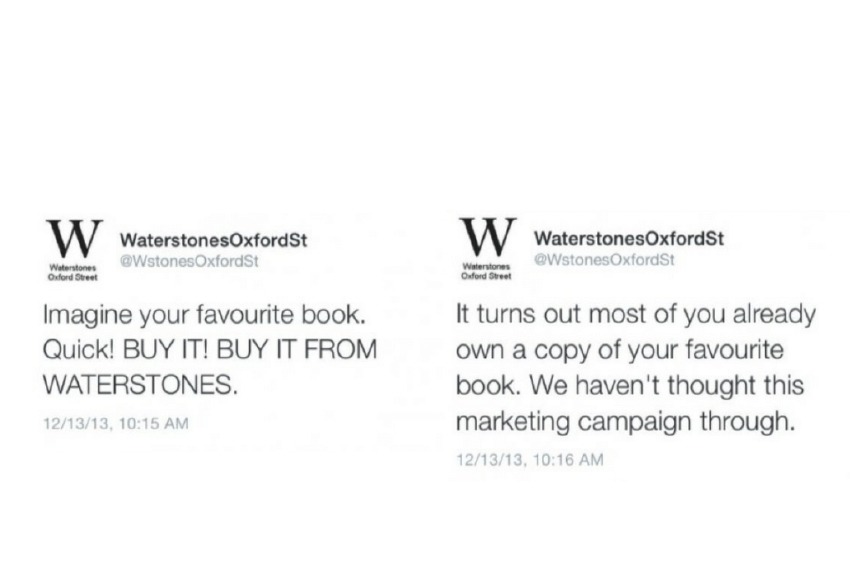
The success:
The Waterstones tweets have featured in several articles about marketing fails… but should this be considered a blunder? I think not.
Twitter (and other social media) is a great place to connect with customers on a personal level. Waterstones’ tweets are an example of how social media can be used to humanise a brand. Everything — from the use of capitalisation to the semi-awkward retraction — appears to be a well-thought-out marketing ploy. The fact that the second tweet appeared just one minute later also suggests it was a pre-planned and humorous quip to garner attention and bond with followers. A fool-proof fail.
If only we could all fail so brilliantly.
Bonus 2: Utilising Fails
The situation:
The Natural Environment Research Council (NERC) decided to celebrate the launch of their new research vessel with an online campaign. The #NameOurShip initiative encouraged the public to submit and vote for an inspirational title for their ship. What could go wrong?
The “fail”:
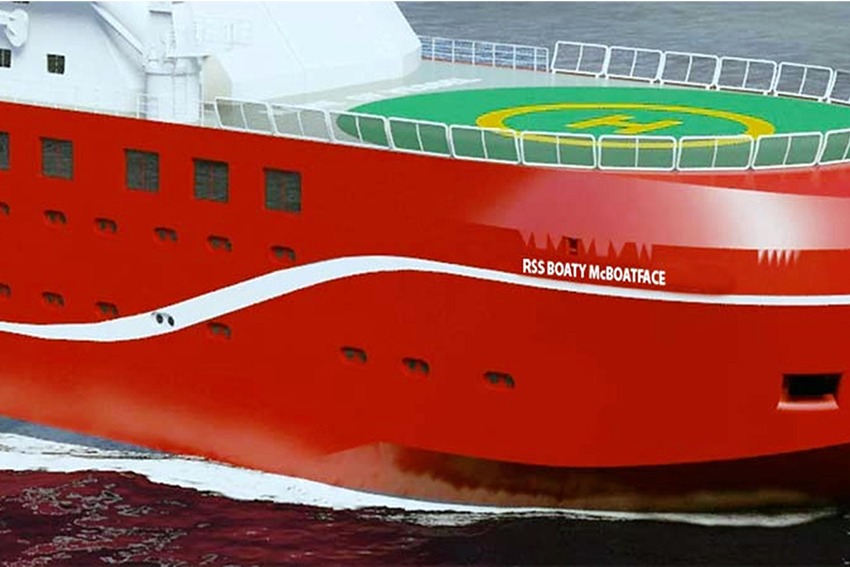
Introducing: RRS Boaty McBoatface. Winning in a landslide, this name outstripped its competition, which included “Endeavour”, “Falcon”, and other cheeky suggestions like “It’s Bloody Cold Here”. So it was to be that a £200m Polar Research Ship was to be given the stirring name of Boaty McBoatface.
The success:
NERC was eager for a name that related to the environment and polar science — something that would reflect the research vessel’s great work. And instead they got Boaty McBoatface. In some regards, this could certainly be viewed as a marketing fail. Had they launched a public poll of restricted, pre-approved options, NERC could have balanced audience-contribution with a solid strategy.
However, credit where credit is due: NERC demonstrated precaution in the fine print, stating that the final decision for the ship’s name would be made by NERC themselves. Thus it will not be RRS Boaty McBoatface hitting the water in 2019, but rather RRS Sir David Attenborough, in honour of the naturalist’s 90th birthday.
Moreover, as the popularity for the name grew, the #NameOurShip campaign and the vessel itself received mass amounts of publicity, featured frequently in the news, and was trending on social media. Not everyone would be invested in the launch of a research ship, yet this marketing ‘fail’ brought NERC into the limelight and had thousands of people eagerly awaiting the announcement of the results — a clear indication of a campaign gone well.
And in a final show of good sportsmanship (and in a fine display of catering to the audience), NERC announced that the internet’s favoured name would live on as the name of the ship’s high-tech remotely operated sub-sea vehicle. God speed, Boaty McBoatface.
Conclusion:
A bad marketing campaign may not be the end of the world, but it sure can seem like it at the time. Marketing fails can impact upon your reputation, cause the loss of customer trust, and be an overall waste of your time, money and resources.
So how can you prevent your business from making internet history with a campaign failure? Simple: by continuing to be a sensitive and intuitive business owner. Perhaps you noticed the recurring themes throughout this article — know your audience, be compassionate towards their needs and concerns, and think through your strategies from every angle. By following these three steps, you are well on your way to an effective and inoffensive campaign.
nucleo uses collaboration and collective talent to ensure that all of our marketing efforts are perceptive, responsive, and results-driven. Looking to avoid a marketing fail? Get in touch with our team!